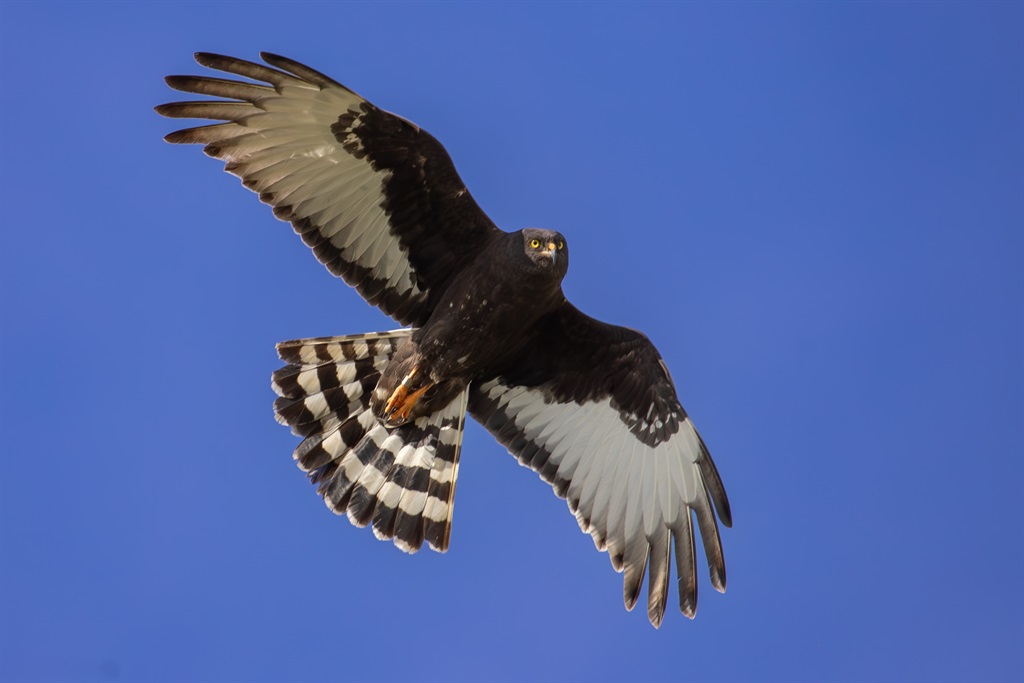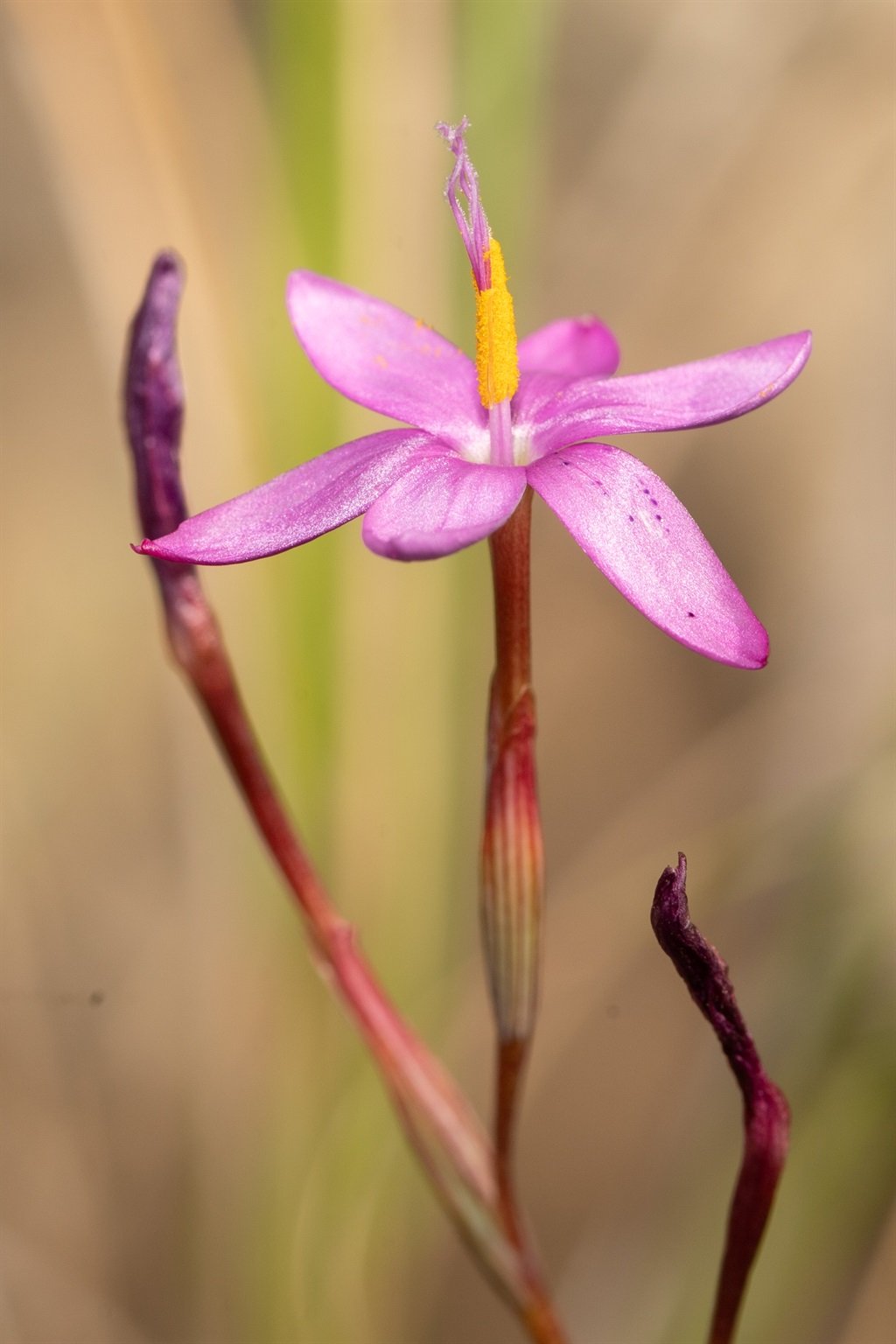
The Haarwegskloof/Plaatjieskraal cluster supports one of the largest breeding hotspots for the endangered black harrier that relies on large, natural, intact habitats in which to breed.
- The purchase of 500 hectares of Renosterveld could help to save threatened species.
- Among those likely to benefit are black harriers, of which there are only 1 300 left.
- The conservation effort will also look to preserve plants.
With only a few decades left to save South Africa’s rarest raptor, a conservation partnership has secured the protection of 500 hectares of endangered habitat in the Overberg, Western Cape, which could help to bolster the dwindling population numbers.
The conservation of the key area of Renosterveld offers a lifeline to species – both plant and animal – that would otherwise be at risk of vanishing forever.
One of those species is the black harrier – which, with less than 1 300 left, is considered to be South Africa’s most threatened bird of prey.
Renosterveld is part of the Cape Floral Kingdom – the smallest and richest of the six plant kingdoms in the world – and is considered one of the richest of all Mediterranean shrublands.
However, 95% of the world’s Renosterveld has already been lost, said Odette Curtis-Scott, the director of the Overberg Renosterveld Conservation Trust (ORCT).
She said:
While 500 hectares might not be a huge amount in the Kruger National Park, it’s massive for Renosterveld.
The recent purchase of the Plaatjieskraal property, situated 40km south of the town of Swellendam, represents a milestone for the ORCT – and it required collaboration with WWF South Africa, the UK-based World Land Trust, the IUCN NL Land Acquisition Fund, and WildLandscapes International, based in America.
The property will be managed by the ORCT in partnership with WWF South Africa and the World Land Trust.
Curtis-Scott said that, among the vulnerable animals that make their home in Renosterveld, are aardvark, aardwolf and small antelopes, such as grysbok and steenbok.
It is also home to threatened birds, like the “super special and rare” black harrier.
The habitat holds more than 560 plant species, with nearly 10% of it of conservation concern. It includes the tiny pink iris, Hesperantha kiaratayloriae, discovered by the ORCT on the property in 2012. It has only been found on a single additional property, rendering it critically endangered.
Most of the unspoiled Renosterveld occurs in tiny fragments in the Overberg – on outcrops, steep hills and hidden in deep valleys – which are unsuitable for agriculture.
The Plaatjieskraal property is home to nearly 500 hectares of intact Renosterveld. In contrast, around three-quarters of the remaining Renosterveld are less than one hectare in size – the equivalent of one rugby field.
The size of the property bodes well for black harriers, which have suffered from increasing habitat loss. While they are able to hunt in the areas of agricultural land, they need pristine fynbos and renosterveld areas in which to breed.
The region supports one of the largest breeding hotspots for the black harrier.
Rob Simmons, of the FitzPatrick Institute of African Ornithology at the University of Cape Town, said black harriers were less common than many of the more publicised endangered species, such as the black rhino.
There are around 6 000 black rhinos, compared to only 1 300 black harriers.
“We know from population viability studies that, if there are only an additional three to five adult black harriers killed every year, the population will be extinct in about 75 to 100 years,” he said.
“They’re really on the edge.”
READ | Conservation efforts to protect endangered Black Harrier raptor
With so much Renosterveld lost, it’s no wonder the black harrier population has dwindled, said Simmons.
In addition, black harriers are threatened by climate change and changing rainfall patterns.
Curtis-Scott, in turn, said there were also increasing collisions with windfarms, which resulted in black harrier deaths.
According to Simmons, during drought years, such as those between 2013 and 2018, they found that black harriers wouldn’t even try to breed.
“They are very dependent on good rainfall and, with climate change, we expect the local rainfall to reduce,” he said.
Simmons said that retaining what little bit of Renosterveld we have left was “essential”.
“It’s not just important for black harriers, but for the whole ecosystem, which we might lose,” he said.








Recent Comments